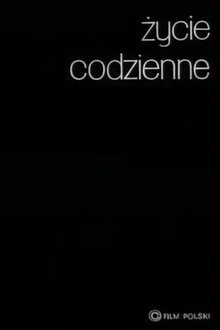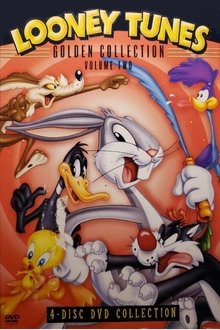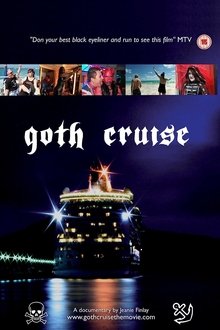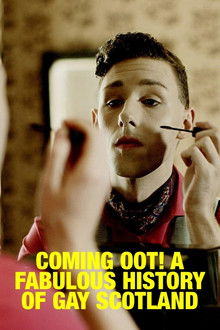A short documentary exploring the ways LGBT couples show affection, and how small interactions like holding hands in public can carry, not only huge personal significance, but also the power to create social change.
Related Movies

Shattered Glass: A WNBPA Story (2024)
Shattered Glass: A WNBPA Story dives deep into the lives beyond the court of the next generation of basketball luminaries, Jonquel Jones, Nneka Ogwumike, and Breanna Stewart, as well as WNBA legend, Sheryl Swoopes. From intense off-season routines to the intricacies of family dynamics to navigating the politics of women's sports, this documentary offers viewers a rare, all-encompassing look at the athletes as holistic individuals.

Deep Purple: From Here To Infinite (2017)
Feature length documentary about the story behind the pioneering and influential British heavy metal band as they enter the studio to record their new album.
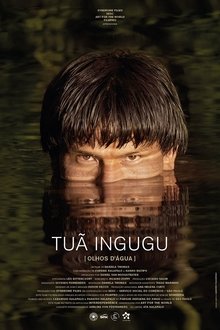
Tuã Ingugu (Water Eyes) (2019)
In the Kalapalo cosmogony (an ethnic group that lives in the Xingú Indigenous Park), water is as old as humans and is the source of life. That is where all their sustenance comes from, their food, their drink, their joy. The idea of using water as a dumpster, of poisoning water is a dystopia. In this documentary Chief Faremá —from Caramujo village on the banks of the Kuluene River— tells us about the birth of water and warns us about the consequences of disrespecting it.

The Devil's Torturer (2004)
Herbert Fux talks about his role in the 1970 film "Hexen bis aufs Blut gequält" also known as "Mark of the Devil"
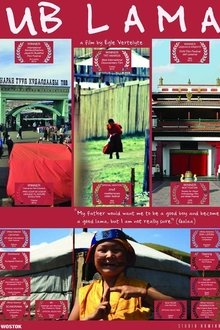
A Lama from Ulaanbaatar (2011)
A twelve year old boy, living in a "yurt" but in love with hip hop and computer games is caught between modernity and tradition, aspirations and poverty and decides to become a Buddhist monk.
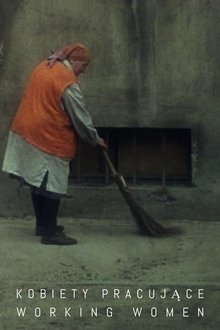
Working Women (1978)
Stylized with dramatic interiors and a distorted frame rate, this early documentary miniature from Szulkin depicts six sequences of solitary, repetitious labor.
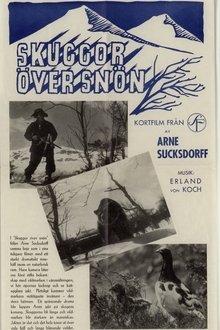
Shadows on the Snow (1946)
A nature documentary about the predators in the Swedish winter mountains: the owl, the bear and man.
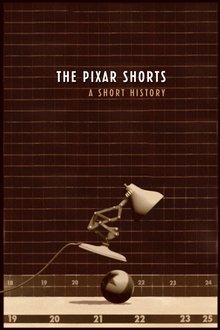
The Pixar Shorts: A Short History (2007)
The story of Pixar's early short films illuminates not only the evolution of the company but also the early days of computer animation, when a small group of artists and scientists shared a single computer in a hallway, and struggled to create emotionally compelling short films.

Éloge du chiac (1969)
Taking the form of a conversation between a young teacher at a French school in Moncton and her students, the film shows how hard it is for francophones to preserve their language in a society where English is everywhere and has been for centuries.
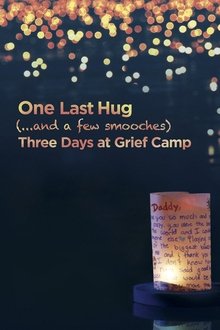
One Last Hug (2014)
"One Last Hug" chronicles a three day summer camp for children learning to cope with the death of a loved one. With the guidance of trained professionals, grieving children as young as seven years old learn that their feelings are normal, and that by talking about them they can begin to heal. A testament to the healing power of shared sorrow, One Last Hug shows the often-unseen and particular experience of children's grief.
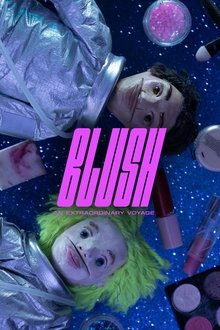
Blush: An Extraordinary Voyage (2022)
For 18-year-old Finnish–Kosovan Fatu, a simple visit to the grocery store feels as nerve-racking as a lunar expedition: for the first time in his life, he’s wearing makeup in public. Luckily his best friend Rai, a young woman on the spectrum of autism, is there to ferociously support him through the voyage.
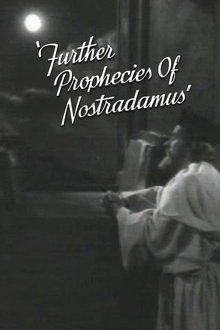
Further Prophecies of Nostradamus (1942)
This short film applies the prophecies of Nostradamus to events of World War II.
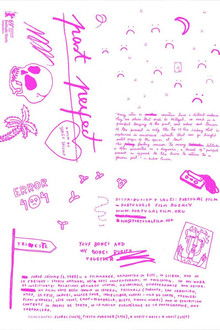
Past Perfect (2019)
Many cities or countries have a distinct malaise. They are places that could be Portugal, so sunk in a painful longing of the past, and where each tension of the present is only the tip of an iceberg that is explained in successive retreats that can go straight until origin of the species, at least. This feeling common to many latitudes is often presented as a diagnosis, a denial of a painful present as opposed to the desire to return to a glorious past.
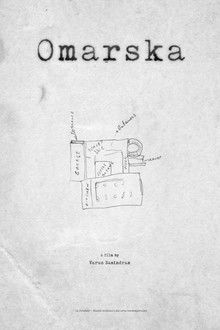
Omarska (2019)
An attempt to erect a virtual memorial for the victims of the Bosnian war, using archive material, videos and statements from survivors in a 3D animation.
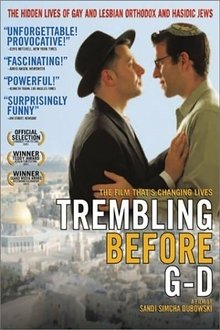
Trembling Before G-d (2001)
A portrait of various gay Orthodox Jews who struggle to reconcile their faith and their sexual orientation.
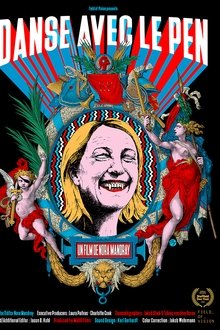
Dancing with Le Pen (2018)
In France’s last presidential election, Marine Le Pen, a right-wing candidate, won over 30 per cent of the vote after an attempt to rebrand a party long associated with her controversial father, Jean-Marie Le Pen. See how three of her supporters faced similar obstacles in changing the narrative.
